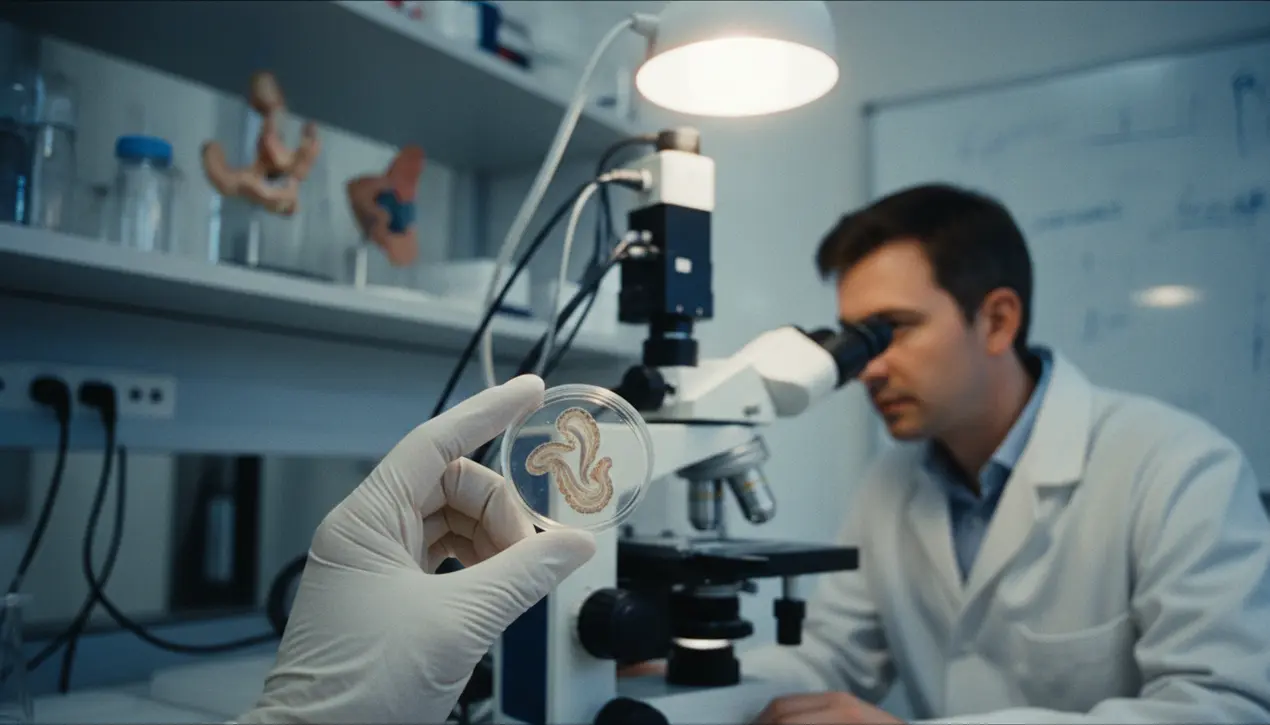
SciencebiologyGenetics
How Genes Have Harnessed Physics to Grow Living Things
KE
Kevin White
1 hour ago7 min read
The intricate dance between genetics and physics is one of biology's most profound, yet underappreciated, symphonies. Consider the phenomenon of wine tears, those elegant rivulets that form on the inside of a glass—a result of the Marangoni effect, where surface tension gradients pull liquid along an interface.It’s not merely a parlor trick for oenophiles; this same fundamental pulling force is a master sculptor in the embryonic workshop, guiding cells into the complex architectures of life. This isn't a passive background process; it's an active, orchestrated campaign where genes have learned to exploit pre-existing physical laws as tools.Think of DNA not just as a blueprint, but as a project manager directing a crew of mechanical forces—tension, compression, shear—to execute its grand designs. We're witnessing a paradigm shift in developmental biology, moving beyond the pure 'gene-centric' view to a more integrated understanding where physics is a co-author in the narrative of growth.Researchers are now mapping how specific genes activate to modulate cellular stiffness or adhesion, effectively tuning the physical parameters that dictate how tissues fold, elongate, and invaginate. This biomechanical crosstalk is evident in processes like gastrulation, a critical stage where a simple ball of cells transforms into a multi-layered structure, an event driven by coordinated cellular contractions and movements that wouldn't be possible without harnessing these principles.The implications are staggering for regenerative medicine and synthetic biology. If we can decode the full lexicon of these mechanical commands, we could potentially engineer tissues from the ground up or correct developmental disorders that stem from physical miscommunications, not just genetic typos.Pioneers in the field are already using advanced techniques like laser ablation to measure forces within living embryos and organoids, creating a new discipline often termed 'mechanobiology. ' This isn't some niche corner of science; it's a fundamental rethinking of how life constructs itself.From the branching patterns of our lungs to the intricate whorls of our fingerprints, physics provides the canvas, and genes wield the brush. The future of medicine may well depend on learning to speak this mechanical language, translating the silent, physical forces that genes have so cleverly harnessed to build us.
#featured
#genes
#physics
#embryonic development
#mechanical forces
#growth
#biology
#research
Stay Informed. Act Smarter.
Get weekly highlights, major headlines, and expert insights — then put your knowledge to work in our live prediction markets.
Related News
Comments
Loading comments...
© 2025 Outpoll Service LTD. All rights reserved.